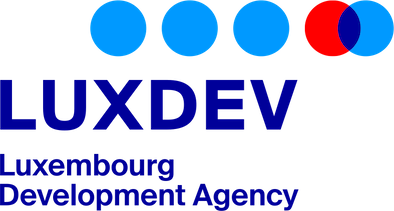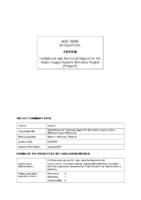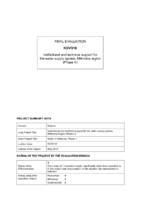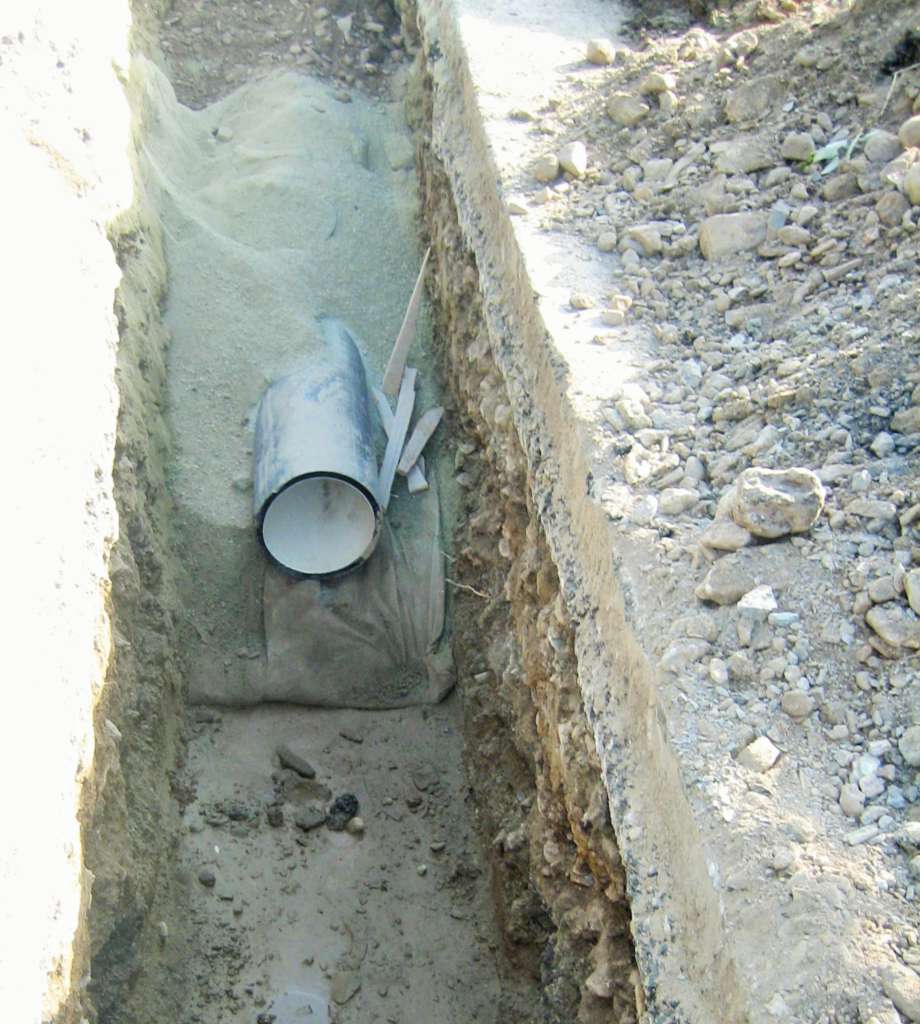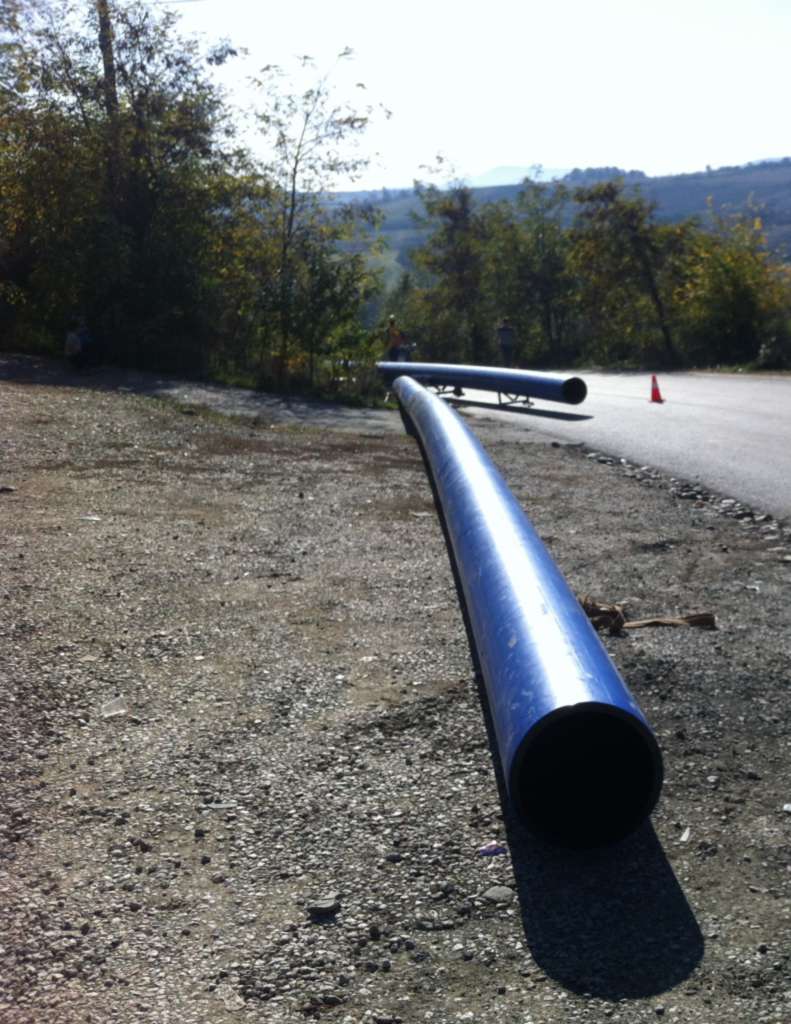Information
This project is closed since 30.06.2018.
- Country
- Kosovo
- LuxDev's country office
- Kosovo Office
- Partner execution agency
- Mitrovica Regional Water Compagny (MRWC)
- Implementation period
- 1 June 2014 - 30 June 2018
- Total duration
- 49 months
- Total budget
- 6,874,000 EUR
- Contribution breakdown
-
- Luxembourg Government
4,500,000 EUR - Four municipalities
1,600,000 EUR - Mitrovica Regional Water Company and Government of Kosovo
774,000 EUR
Mid-term evaluation
Final evaluation
KSV/018 is a logical follow-up to the KSV/016 project by the same name. It consolidates the results achieved through the former phase in the area of technical capacity development. Moreover KSV/018 aims at strengthening the management capacity of the Mitrovica Regional Water Company (MRWC) and ensuring a reliable and sustainable water supply for the population served.
The project’s focus lies in institutional strengthening and support to guide the MRWC with the objective to upgrade the organisation and its procedures towards a customer-oriented water company.
It will also concentrate on upgrading or replacing the existing assets of the Mitrovica regional water supply system in order to reduce pumping and reduce leakages.
Latest news
Synergy effect from donor cooperation - Luxembourg and Swiss investments extending the water supply network in Skenderaj
Project KSV/018 is actively involved in the rehabilitation of the water supply networks in Northern Kosovo. Two implementation stages were foreseen. The first stage was financed entirely from Luxembourg funds, while the second stage used a co-financing investment structure, including financial contributions of three municipalities (Mitrovica South, Vushtrri and Skenderaj). The first stage has been finalised successfully, with the second stage of implementation currently in progress.
During implementation of works contracts, Project KSV/018 liaised not only with the national counterpart, the Mitrovica Regional Water Company (MRWC) and the participating municipalities (as co-financing partners), but also with other donors that implement projects in the Water Sector in Kosovo. An example of multiple donors' coordination efforts is evident with contracts implemented in the municipality of Skenderaj. In the early stages of the design of KSV/018 works contracts in Skenderaj, consideration was given to other projects' investments in the region, in particular the “Rural Water and Sanitation Support Programme Kosovo Phase 5” financed both by Switzerland and the local Government. In coordination with the Swiss implementation partners, Dorsch and CDI, Project KSV/018 agreed to modify their initial design to accommodate an increase in the quantity of water being delivered to Skenderaj municipality. The synergy of coordinating donors’ activities has significantly benefited the expansion of the water supply network around Skenderaj, covering an additional 12 villages previously not connected to the MRWC supply network.
It was agreed that the investments would be divided: the Swiss Project would implement the construction of a new water storage reservoir, together with the needed transmission pipeline, whereas Project KSV/018 would invest in the increase of the throughput of water being supplied to Skenderaj, in particular via the extension of the capacity of Skenderaj pumping station, located next to the Shipol Water Treatment Plant (WTP) and further investment in a new pumping station at Klina reservoir to enable sufficient water to be sent to the newly constructed reservoir.
As part of Project KSV/018 Stage 2 investments, it was decided to install an additional new 3rd pump at Skenderaj pumping station, with a capacity of 140 l/s and 205 meters of head (20.5 bar). In order for this pump to be operational, an increase in the electrical power supply was also necessary so that either the existing two 70 l/s pumps could be simultaneously used, or only the new 140 l/s pump could be operated. The automation for this pumping station was installed (level indicator measurement), including a communication link with Ternavce Reservoir, considered a key water storage facility for supplying Skenderaj city and its surroundings with drinking water. The monitoring and controlling of the pumps’ operations is done from the Shipol WTP facilities.
This increase in the throughput up to 140 l/s was enabled at Skenderaj PS at the Shipol WTP, i.e. at the very beginning of the transmission line to Skenderaj. At the other end, the pumping station in Klina was newly constructed to accommodate two new pumps with 50 l/s capacity delivering the needed quantity of water to the new reservoir (Swiss investment).
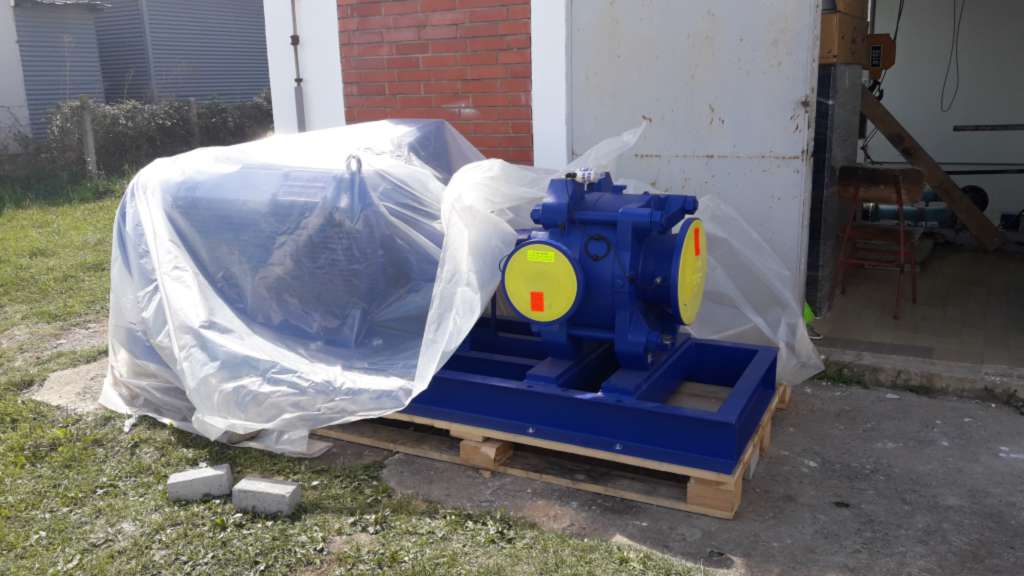
The synergy effect of both donors’ investments has not only directly benefited the new customers of the extended water supply network in Skenderaj, but has provided an increase in the customer base of the MRWC which should directly contribute to increase its revenues.
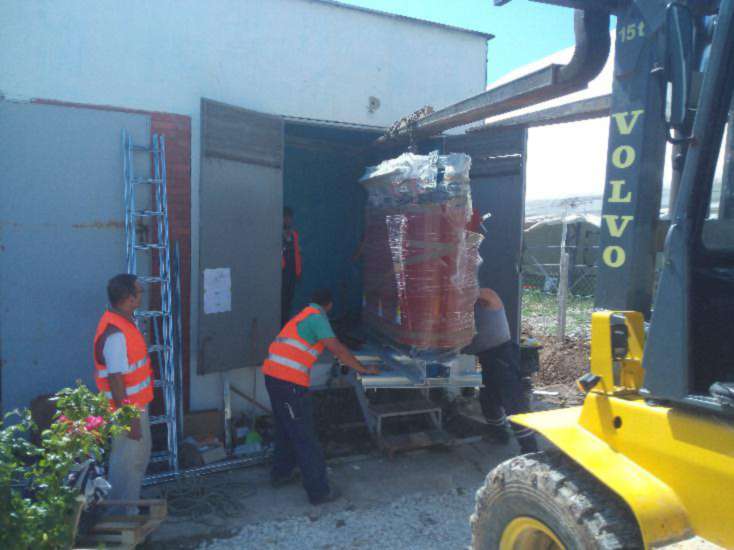
Mobile billing – enabling a new instant and secure invoice system
With Kosovo’s dream to become part of the EU, it is committed to bringing its water sector up to EU standards. In general, the population’s dissatisfaction with their water services, as well as the lack of sufficient pro-activeness by the water utility, manifests itself in a high percentage of unpaid bills. The aim of the new billing system and the mobile billing application are to reduce the percentage of unpaid bills and help the achievement of EU standards.
LuxDev’s project KSV/018 aims to upgrade the MRWC towards a customer-oriented water company by improving the institutional capacity development as well as upgrading their billing system from a semi-archaic paper-based billing system to a fully computerised one. Of course, this does not remove the need for all forms of paper record, but it does simplify the task of centralising and standardising the recordkeeping process.
The first stage of the investment consisted of designing a new billing system, installed by ASSECO. Another vendor – PBC, designed a new add-on module, which enables MRWC’s collectors to use a mobile billing application in the field, by reading WM, connecting to the billing system (live) and invoicing the customer. Both the software and the application are in practical use at another regional water company (Prishtina RWC), producing favourable results. The electricity company KEDS, uses a very similar system of invoicing. MRWC believes that by upgrading their billing software, it will significantly boost their billing collection results.

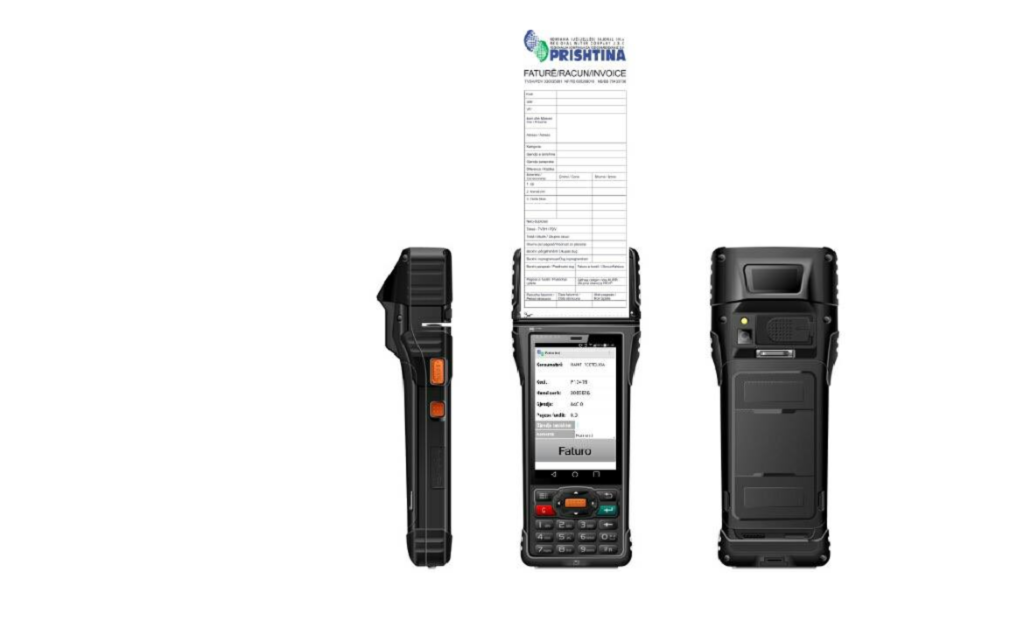
On top of boosting the collection efficiency, the mobile billing application allows a better management of customer’s data and enables printing of invoices in the field, directly at the customers’ premises. The mobile system also improves the reporting and monitoring of the work of collectors. This is done in real time, by tracking the location of the mobile computer devices (PDAs), by observing the daily route covered, ultimately improving the overall accuracy of reading water meters (and reducing so-called “coffee shop reading”).
On top of being easy to use and convenient, the mobile billing application also saves a great amount of time in the field by offering instant and secure delivery of invoices. No more waiting around for the collector to read the Water Meter (WM), thereafter report to the water company, followed by the compilation of data by the billing department, and finally - print and delivery of the invoices two weeks later. Less time is spent for processing invoices, allowing MRWC to distribute multiple invoices in a fraction of the time it would take to create and send one paper invoice using the previous procedure.
Kosovo - Satellite Imagery reduces water leakages in Mitrovica
As a result of increasingly sressed water resources due to climate change and water utilities suffering considerable losses from leakages, LuxDev Project KSV/018 project looks at reducing so-called "Non-Revenue-Water" by using a NASA satellite technology which was developed to detect water on other planets. This could have an immediate impact on the reliability and sustainability of the water supply for the local population.
In developing countries, roughly 45 million cubic meters of water are lost daily, with an economic value of over EUR€ 2.5 billion per year. A World Bank study puts the global estimate of physical water losses at 32 billion cubic meters each year. If the water losses in developing countries could be halved, the saved water would be enough to supply around 90 million people around the world.
This water loss is referred to as non-revenue water (NRW), or water that is pumped and then lost or unaccounted for. NRW management allows utilities to expand and improve service, enhance financial performance, increase climate resilience and reduce energy consumption. Despite the benefits and decades of training and advocacy from international organizations, NRW reduction still receives little attention amongst those utilities which would most benefit from it – why is that?
Historically, water utilities in developing countries have focused more on safe water quality and increasing the continuous supply (on-demand) of water. Unfortunately, a similar focus has not been given to efficiency in the water supply process, and it is believed that many water utilities suffer considerable losses from leakage (high NRW).
With water resources being increasingly stressed due to climate change and growing populations, water utilities must become water-efficient throughout the entire supply process. By employing improved methods of water auditing and loss control, water utilities have potential to reduce the large volumes of treated water that are lost to leakage. Leak detection technologies have not changed much in 80 years. They continue to be costly and somewhat ineffective as companies around the world struggle to find leaks.
However, by using a technology used by NASA to find water on other planets – analysis of satellite imagery – the desired area is scanned for subterranean treated water leaks within the supply network, increasing the accuracy and number of leaks detected. Satellite based leak detection provides a non-invasive, innovative method to detect NRW and fresh water leaks from space.
The raw data from the satellite images is prepared for analysis by filtering bounces from buildings and other manmade objects, vegetation, hydrologic objects, and more. The prepared data is then analysed, using an algorithm, to track the specific spectral “signature” of potable treated water in the ground. All the possible leaks are then displayed as a GIS (Geographical Information System) report.
As part of a 50 000 EUR investment involving the cooperation of Aquasave & Utilis, LuxDev provided the Mitrovica Regional Water Company - MRWC with a satellite radar leak detection report. 93 suspected leakage sites were identified in the area, of which 90% were considered to be of high enough probability to be investigated. The leakages sites were scattered around 4 municipalities – Mitrovica South & North, Skenderaj and Vushtrri. During the second task of the activity, field verification of the probable leaks was performed by using specialised conventional detection equipment. 44 suspected sites were investigated with an 86% detection success rate, and a total of 62 leaks were detected.
On one hand, the purpose of the investment was to detect leaks in the MRWC water network and on the other hand to encourage the water company to take a proactive stance towards leak detection. On average it would be possible for MRWC to find 4 leaks per day, using this technology, which would be 400% more efficient than the industry average of 1 leak per day. This would greatly reduce non-revenue water as well as avoid major pipe burst, increasing the stability and durability of the water network, reducing maintenance and electricity costs. On top of that the beneficiaries would benefit from a higher water quality and a more reliable water supply, resulting in further benefits like higher economic productivity, improved environment & ecosystems as well as greater social and health-care savings.
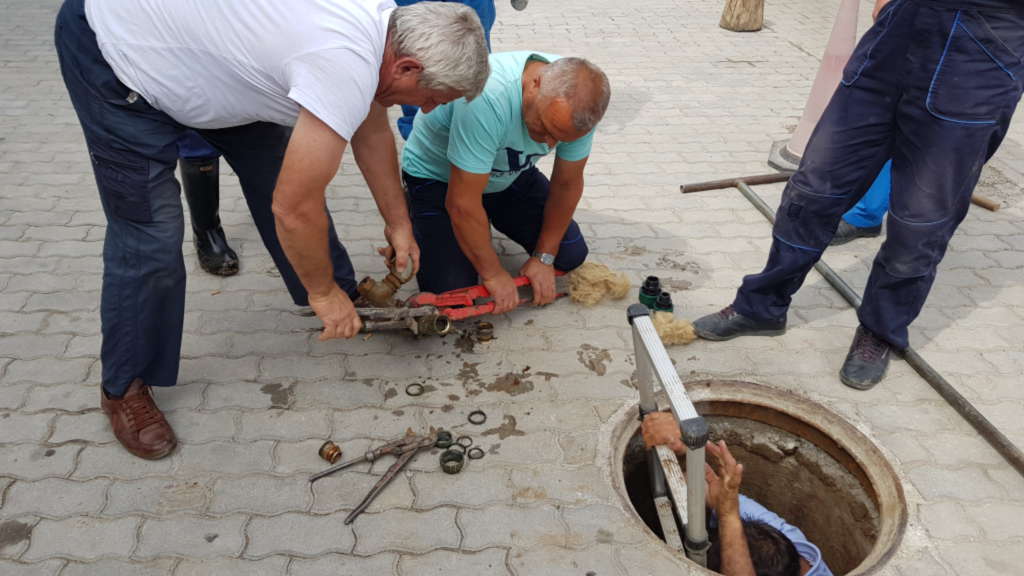
Kosovo - Supporting the Water Supply System in Mitrovica
KSV/018 project – Water in Mitrovica Phase II - launched a tender for the first investment projects aimed at the municipalities of Mitrovica South and Vushtrri in March 2015.
The aim being to upgrade or replace the physical assets of the expansive regional water supply system, focussing on lowering pumping and electricity requirements by reducing leakages. Technical investments of stage 1 consist of priority measures to improve assets, which address the technical losses and high pumping regime by establishing District Metering Areas so as to complement the institutional aspects of the annual Mitrovica Regional Water Company Revenue Water Campaign.
The first projects were selected from a pool of project proposals according to the importance, relevance and priorities presented by the municipalities. This was followed by extensive discussions with all stakeholders.
In Mitrovica South Municipality, the major components are the replacement of distribution mains (new pipeline), including nodes, chambers, bulk-meters and flow control valves as well as the replacement and installing of new water meters. In total 3.36 km of pipes are to be replaced including one km of pipes for domestic connections. On top of that, 1600 domestic meters and water meter boxes are to be replaced.
In Vushtrri Municipality, the replacement of distribution mains (new pipeline), including nodes, chambers, bulk-meters and the rehabilitation of the distribution network are planned. This will be done by replacing the existing asbestos cement pipes by new polyethylene pipes (around 2 km), and installing about 280 domestic connections including water meters.
The implementation will start during May 2015 with a performance period of 8 months. These investments and works will contribute to reduce leakage and significantly decrease the portion of non-revenue water to the benefit of better water supply in general.
